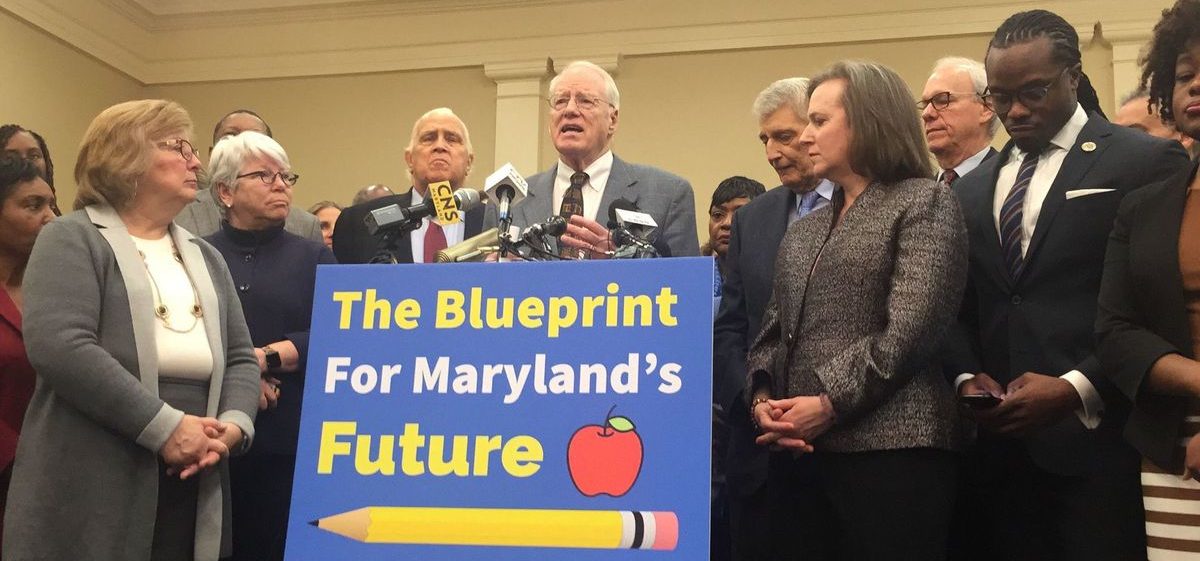Grassroots Organizations
One of the most effective ways to combat inequity in school funding is through grassroots organizing. There are countless diverse, effective grassroots organizations that act through the lens of participatory democracy and create real change in our society. Under the “List of Organizations” tab, there are links to multiple organizations in Baltimore and across the nation. These organizations are led by the people and are often dependant on support from the public.
Who is involved in these grassroots organizations?
Each organization is different and was started by a different group, but the main concept of grassroots implies they grow from the bottom up. Local students, educators, parents, or community members are usually the individuals that are active in the grassroots organizations that address inequitable funding in the school system. They are able to organize through the school system itself, networking with one professionally, in school, or through social media. The Baltimore Algebra Project, for example, will usually have representatives at different public schools throughout Baltimore and meet regularly after school. When there is a shared need for change, people will come together to address the common problem. On any of the linked organizations, there are multiple ways to contact leaders of the organizations to participate or support in any way possible.
How has their work affected inequity in school funding?
At the moment, most of the organizations I researched are focused on the passing of bills that will reform funding in their respective area. The primary focus of most grassroots organizations in Baltimore centered on education has been the passing of the Kirwan Commission, a proposal that will provide more equitable funding for the state of Maryland. The organizations are able to work together and combine forces at a rally, showing support en masse for the Kirwan Commission. Great Education Colorado is also focused on the passing of a bill that will cut taxes on those earning less that $250,000 while increasing funding for the school system. They are also able to use their vast social media platform to advertise any local events that are happening in the area. Staying active online is incredibly important to all these organizations in order to encourage participation and engagement.
What are some obstacles they have faced?
Although grassroots organizations are effective in empowering those who normally would not have power, it can still be difficult to make your voice heard. When advocating for legislation, it can often seem impossible to make a change, but this is not the case. By garnering support from the public, and holding representatives accountable bills will pass. I believe the most difficult obstacle for these organizations is happening right now. The COVID-19 pandemic will make it increasingly difficult to communicate and organize. With stay-at-home orders in place across the nation, these organizations will avoid canvassing and meeting in large groups. However just as the problems the grassroots organizations face are evolving, so are the solutions. We are more connected than ever with the internet and remote organizing is achievable. Maintaining activity on social media is the most effective way to continuously engage with their audience right now.
